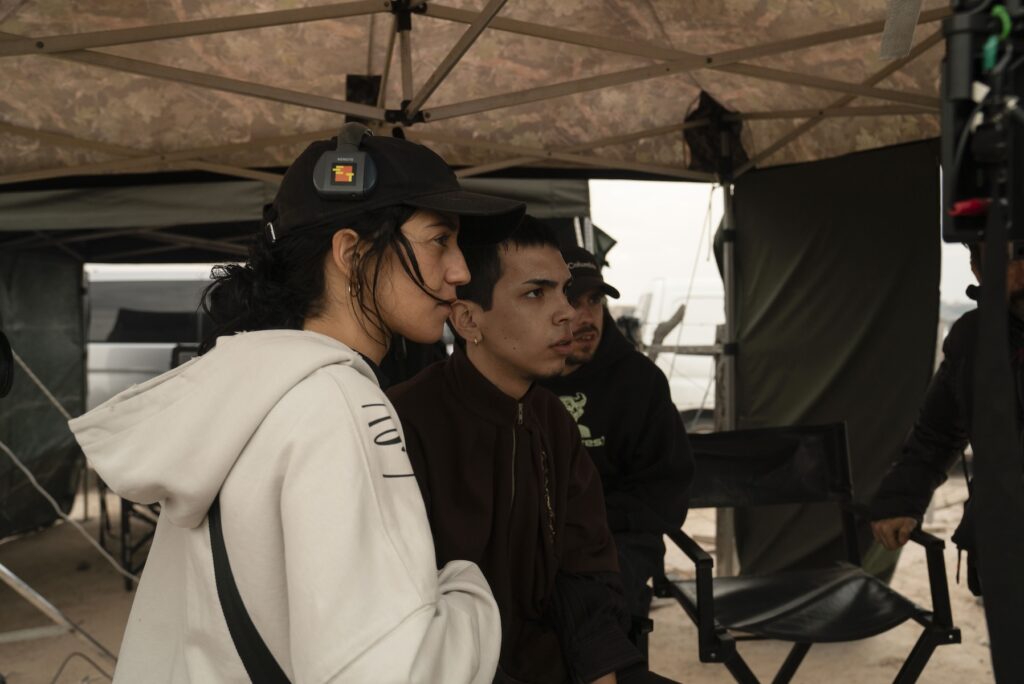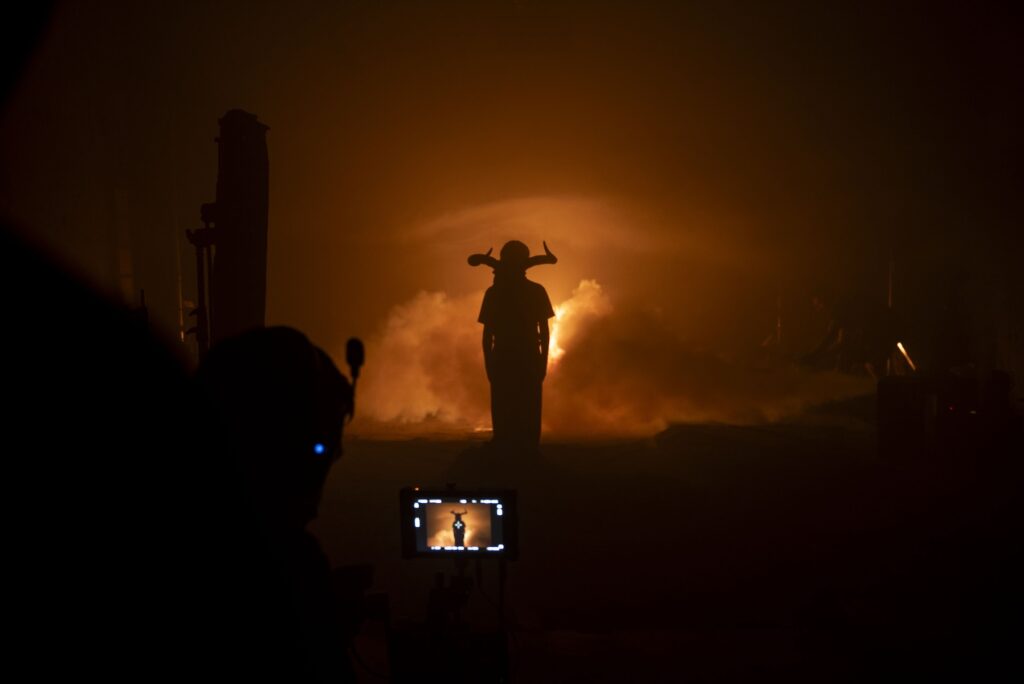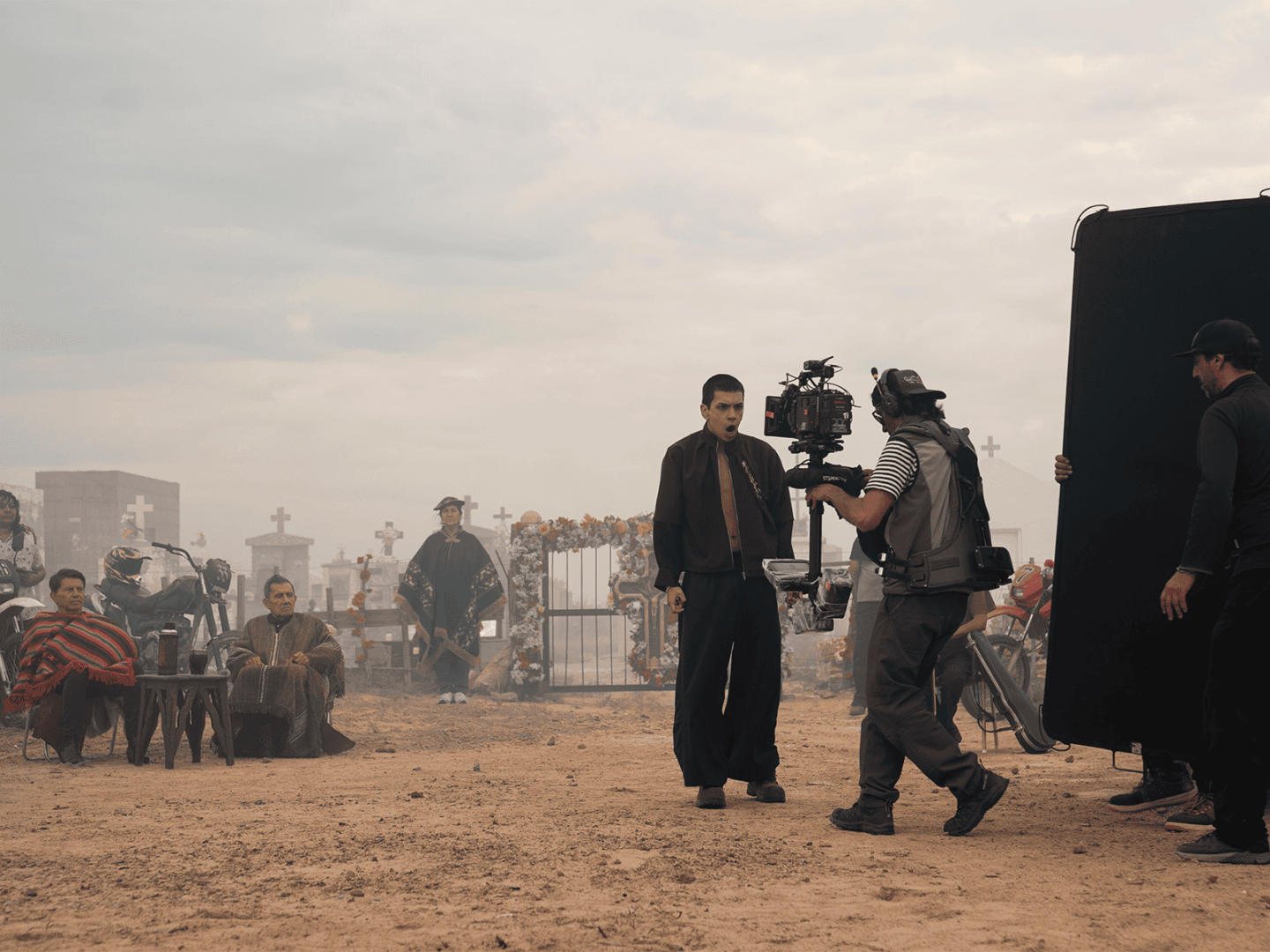The Argentine artist Milo J takes a decisive step forward in his career with La vida era más corta, his new conceptual album. This release arrives accompanied by seven music videos and eight visualisers produced by The Movement between Spain and Argentina. The project marks a turning point in the urban music scene, blending tradition and modernity in a way rarely seen today.
Directed by Spaniards Nacho A. Villar (BRBR) and Teresa Carril, the album unfolds as a visual journey through the cultural identity of Santiago del Estero, cradle of Argentine folklore. The concept was conceived by creative directors Galope, who imagined a project capable of translating the album’s narrative into the landscape of this region—capturing its history, its people, and its energy.
From Madrid, Villar embarked on an in-depth research process into the traditions and mythologies of northern Argentina. The journey culminated in a visit to the province, where he encountered a community deeply rooted in its customs and collective memory. “The meaning of the album lies in this passing of culture between generations,” Villar explains, “in how Milo J draws on the wisdom of the elders to bring it into the present.”
Upon returning to Spain, Teresa Carril joined the project. In addition to directing Bajo de la piel and Luciérnagas, she wrote the scripts that shaped the visual narrative. “We wanted to create a hybrid between fiction and documentary that could accompany music as real and full of life as this album,” Carril notes. Her perspective brought sensitivity and structure to the storytelling, while remaining faithful to the cultural essence of Santiago del Estero.
Executive producer Alex Aguerri, from The Movement Europe, oversaw the ambitious production within a rural environment. More than 200 local residents took part as actors, technicians, and collaborators. Homes, fields, and villages were temporarily transformed into film sets, resulting in a body of work that blends documentary authenticity with cinematic precision.
The visual universe of La vida era más corta
Each music video serves as a chapter within Milo J’s visual universe. In Bajo de la piel, the artist appears in the Cementerio de Negra Muerta, surrounded by characters that introduce the album’s imagery. Lucía brings together Santiago del Estero dancers Sofía Unzaga and Milagros Díaz, who reinterpret the legend of La Telesita. Niño and Recordé explore the streets and fields of Suncho Corral, depicting the everyday lives of local youth and rural workers. La vida era más corta itself revives the mythical Salamanca, featuring local musicians and dancers. Finally, Luciérnagas and Jangadero close the journey with a poetic reflection on memory and the future.

The final video, Jangadero, symbolises the end of the cycle. After learning from the elders in Bajo de la piel, Milo J passes on their legacy to the younger generation. In the closing scene, he watches Mercedes Sosa’s burning jangadero drift down the Río Dulce in Atamisqui. “For my family, Santiago del Estero holds special meaning,” the artist explains. “My maternal great-grandmother was from there. She moved to Buenos Aires at the age of twelve to build a new life. Through this project, I continue writing that story.”
The album is completed by eight visualisers — Gil, Ama de mi sol, Solifican12, MmmM, Llora Llora, Cuando el agua hirviendo, El invisible and Radamel — each filmed in a single continuous shot. These pieces expand the album’s universe, deepening its emotional and visual resonance while immersing the viewer in its atmosphere.

With La vida era más corta, The Movement reaffirms its position at the forefront of contemporary audiovisual production. The project demonstrates that true innovation can emerge from a profound respect for the ancestral.
Sigue toda la información de HIGHXTAR desde Facebook, Twitter o Instagram
